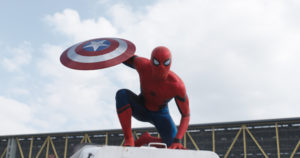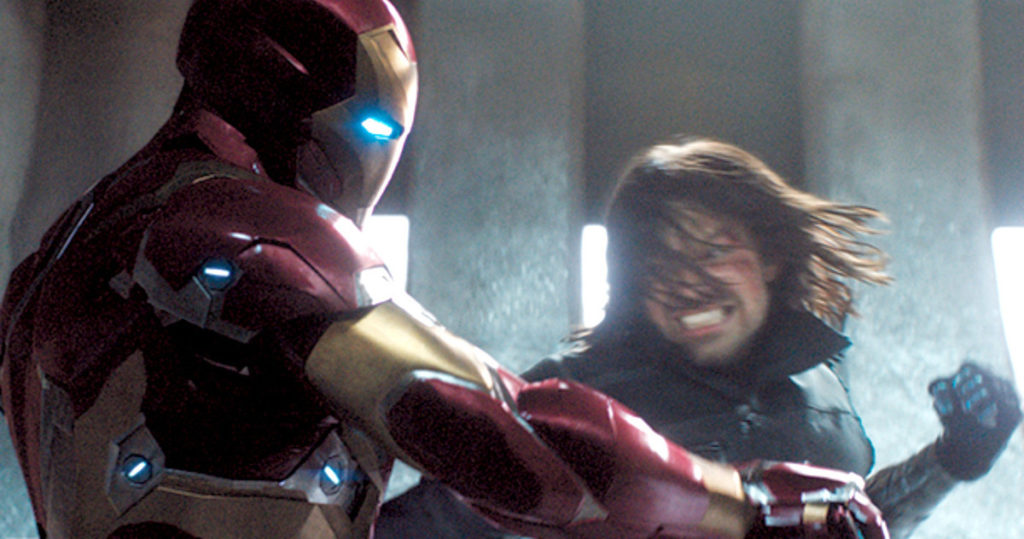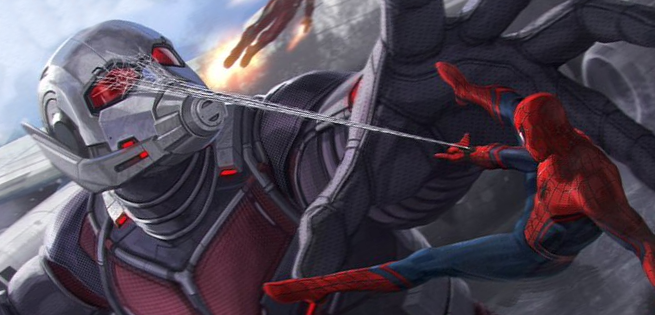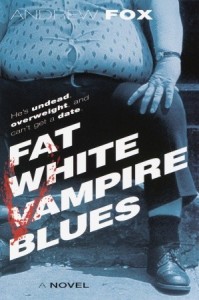
Copyright Marvel Studios
Welcome back to another thrilling episode of Homeys on Film: Homeland Security Lessons From Bad Movies! It’s superhero-on-superhero mayhem! Smash! POW! Ka-BOOM! And, if you look hard enough through the smoke, CGI, spandex, and prosthetic muscles, there are lessons galore for homeland security wonks.
Synopsis

Primo Cap villain and all-around badass Crossbones (copyright Marvel Studios)
In Lagos, Nigeria, a new team of Avengers, led by Captain America (Chris Evans), battles a team of Hydra mercenaries led by Brock Rumlow, also known as Crossbones (Frank Grillo). Crossbones and his team are after a sample of a lethal, highly contagious virus. Trying to evade capture, Crossbones triggers a massive explosion, which is diverted at the last second by the hex powers of the Scarlet Witch (Elisabeth Olsen). Unfortunately, she doesn’t divert it quite high enough, and its force obliterates the seventh story of a neighboring hotel, killing eleven and injuring dozens.

Watch where you’re aiming that hex!!! (copyright Marvel Studios)
Whoops. Not good for the ol’ Avengers PR, especially since their most recent mission, taking down genocidal robot Ultron, incidentally resulted in the devastation of a small Eastern European country (Sokovia — socked by the Avengers, get it?).
Secretary of State Thaddeus Ross (William Hurt) curtly informs the Avengers that their days as freelance world-savers are Over with a capital O. The United Nations General Assembly (taking a break from officially condemning Israel) has ratified by overwhelming majority the Sokovia Accords, which places the Avengers’ operations under the supervision and control of a U.N. panel. Ross tells the Avengers that if they don’t sign on to the accord in Vienna three days hence, they will be forced into retirement (which would be really, really bad news for Disney).

Things are really BOOMING at the U.N. (copyright Marvel Studios)
The debate among the Avengers on how to respond to the U.N. reveals a deep fissure between members of the team, with Iron Man (Robert Downey Jr., everyone’s favorite arms salesman to the U.S. military) strongly favoring signing onto the Sokovia Accords and Captain America (champion of liberty, apple pie, and Betty Grable pinups) equally vehemently opposed. Matters don’t get any easier in Vienna. King T’Chaka (John Kani), whose African nation, Wakanda, lost several citizens in the Lagos tragedy, takes the podium for a speech in favor of the Accords, only to be killed when a bomb detonates outside the building. Huge bummer for Captain America — security video shows the man who detonated the bomb was Cap’s old WW2 buddy, Bucky Barnes, now known as the Winter Soldier (Sebastian Stan), who has been under the control of nefarious forces since the Cold War. Cap and his fellow Avenger, the Black Widow (Scarlett Johansson) realize they must track down Bucky before a German military task force, who have orders to shoot to kill, find him.

Team Cap! My team is red-hot, your team ain’t doodley-squat! (copyright Marvel Studios)
Cap’s and the Widow’s efforts to protect Bucky (who has been framed) lead to conflict with the Black Panther (Chadwick Boseman), son of the slain King T’Chaka, and with various Avengers. The villainous Colonel Zemo (Daniel Brühl) is revealed as the mastermind who has used Bucky’s Soviet-implanted code word to revert him to remote control. Captain America assembles a covert team composed of the Falcon (Anthony Mackie), the Scarlet Witch, Ant-Man (Paul Rudd), and Hawkeye (Jeremy Renner) to free Bucky from Zemo’s influence and to stop the evil colonel’s plot to activate a number of Soviet-era super-soldier sleeper agents and send them against his enemies.

Kid Spider-Man proves his worth (copyright Marvel Studios)
However, since Cap and company have apparently gone off the reservation, Iron Man assembles his own Avengers team to take them down. His allies include Black Panther, Black Widow, War Machine (Don Cheadle), the Vision (Paul Bettany), and a teenaged newcomer, Spider-Man (Tom Holland). Audiences get the big, BIG fight they’ve paid their money for. Lil’ itty-bitty Ant-Man surprises everyone by transforming into humongous, king-sized Giant-Man, giving Captain America and Bucky space to flee to an airplane hanger and continue to pursue Zemo. Wet-behind-the-ears Spider-Man proves his worth by bringing down the suddenly formidable Giant-Man with his webs. However, tragedy ensues when the Vision, trying to take down the Falcon with his solar eye beams, instead hits his ally War Machine, knocking him from the sky and severely injuring him.
Iron Man views evidence that indicates that Bucky was framed for the Vienna explosion. He rockets off to Siberia to assist Captain America and Bucky with their foiling of Zemo’s plans. But Zemo’s greatest, most diabolical plot is yet to unfold. At an abandoned Soviet-era military base in Siberia, Zemo shows Iron Man/Tony Stark old video footage of the Winter Soldier, under Soviet mind control, assassinating Tony Stark’s parents, Howard and Maria Stark. Furthermore, it turns out that Captain America was aware of at least aspects of the assassination and never revealed this to his good friend, Iron Man.

Iron Man and the Winter Soldier throw down! (copyright Marvel Studios)
In a blind rage, Iron Man attacks Bucky and Captain America. He manages to rip off Bucky’s cyborg arm, but Captain America uses his indestructible shield to disable Iron Man’s armor. Cap and Bucky take off. Zemo is apprehended by the Black Panther, who has overheard him confess his responsibility for the explosion that killed King T’Chaka. The reason behind all the scheming? Zemo lost family members in the Avengers’ war against Ultron in Sokovia, resulting in his vow to destroy the Avengers from within.
The former Avengers who fought beside Captain America against Iron Man’s team have been imprisoned on the Raft, a mid-ocean, floating super-jail. Captain America breaks them out, and the renegade heroes head for sanctuary in Wakanda, the Black Panther’s highly advanced African nation, where the Black Panther, now king, vows to find a cure for Bucky’s susceptibility to mind control. Iron Man and Spider-Man start a bromance. We see a teaser for the next Avengers movie. THE END.
Homeland Security Lesson #1: Kinetic operations against non-state combatants in densely-populated urban environments risk political and public relations harm to the more responsible, law-abiding side.

When mutant hexes go awry… (copyright Marvel Studios)
What gets all the trouble rolling for the Avengers? Their efforts to prevent Crossbones and his Hydra mercenaries from stealing a deadly virus accidentally result in a score of deaths and injuries in Lagos. This unintentional and highly-regretted event (despite the fact that the Avengers’ apprehension of Crossbones likely prevented the deaths of tens thousands from maliciously spread disease) brings the heavy hand of the United Nations down on the Avengers. Both the United States and Israel have experienced this same dynamic at work when their armed forces have pursued terrorists or insurgents in heavily populated urban areas. The enemies of both nations have used civilians as human shields. The U.S. and Israeli militaries have both exercised considerable care to avoid civilian deaths, the latter taking the trouble to telephone individual Gazan Palestinians, who were living in apartment buildings being used by Hamas as weapons depots, prior to Israeli missiles being launched against those structures. However, the fog of war, technical malfunctions, and enemy action have frequently resulted in unintended civilian deaths, for which the U.S. and Israeli armed forces, expected by many to be able to use force with exacting precision, have been unjustly blamed.
Homeland Security Lesson #2: Be aware of the potential for blow-back.

Bye-bye, Sokovia, we hardly knew ye… (copyright Marvel Studios)
The Avengers, in Avengers: Age of Ultron, did not set out with the intention of devastating the small nation of Sokovia; they meant only to save all humanity from the machinations of Utron. Ultron’s actions (levitating Sokovia’s largest city to use as an asteroid weapon to strike Earth and cause a planetary catastrophe which would end all human life, freeing up the planet for robots) led to the destruction of Sokovia and the deaths of many of its citizens, but because the Avengers failed to save them, they were labeled the malefactors by some. One of those bitter Sokovians turned out to be Colonel Zemo, who manages in the current movie to pull off the unlikely hat trick of disrupting and disbanding the Avengers (see Lesson #3 below). Similarly, the successful efforts of the U.S. in the 1980s to arm and train the transnational Islamic mujahideen, whose members included Osama bin Laden, to fight the Soviets in Afghanistan arguably helped lead to the militarization and radicalization of a whole generation of Muslims, many of whom disliked the U.S. as much as they did the Soviet Union. Our efforts helped push the Russians out of Afghanistan and definitely helped weaken the Soviet Union, but they also helped create new cadres of transnational terrorists.
Homeland Security Lesson #3: Beware false-flag operations.

Nefariously clever revenge-seeking evil dude Colonel Zemo (copyright Marvel Studios)
Colonel Zemo, with no super-powers of his own, is able to do something no other villain (not even the supremely powerful Loki) has been able to pull off — smashing the Avengers. He does it not by physically overpowering any of them, but by using deception and psychological tricks to pit them against one another. Some commentators on the War on Terror have come to the conclusion that the greatest harm al-Qaeda has been able to inflict upon the United States has been its complicity in pulling the U.S. into decade-long wars in Afghanistan and Iraq, causing the U.S. to expend a trillion dollars and lose thousands of its soldiers and Marines. None of the 9/11 plotters were either Afghans or Iraqis. However, by holding secret meeting with Iraqi government figures and by taking refuge within Afghanistan, al-Qaeda and Osama bin Laden were able to implicate those two governments in their terror activities, enough so to convince the Bush Administration that first the Taliban and later Saddam Hussein needed to be removed from power.
Homeland Security Lesson #4: Sometimes an enemy’s innovation can only be defeated by an innovation of our own.

Ant-Man becomes Giant-Man but is trumped by Spider-Man (copyright Marvel Studios)
Ant-Man’s surprising transformation into Giant-Man nearly turned the tide of battle against Iron Man’s squad. But Iron Man’s team regained the initiative when Spider-Man, a previously unknown quantity, used his web-shooters in a new fashion, winding his webs around Giant-Man’s legs and causing the colossus to topple over onto his face, knocking him out of the fight. Similarly, in Iraq, the insurgents’ innovation of powerful improvised explosive devices (IEDs) caused significant casualties among American troops, who often convoyed in unarmored Humvees. U.S. casualties were radically reduced by the innovation, first carried out by U.S. servicemen acting on their own, and later improved upon by defense contractors, of armoring the undersides of light Army and Marine transport vehicles against roadside bombs. In the same fashion, al-Qaeda’s innovation of using jet airliners as suicide bombs was defeated by a pair of American innovations — the willingness of the passengers on Flight 93 to sacrifice themselves to prevent the terrorists from taking full control of the plane, and the institution of armored cockpit doors on all passenger aircraft.

Superhero stare-down (copyright Marvel Studios)




